12 Parts of a Check Explained
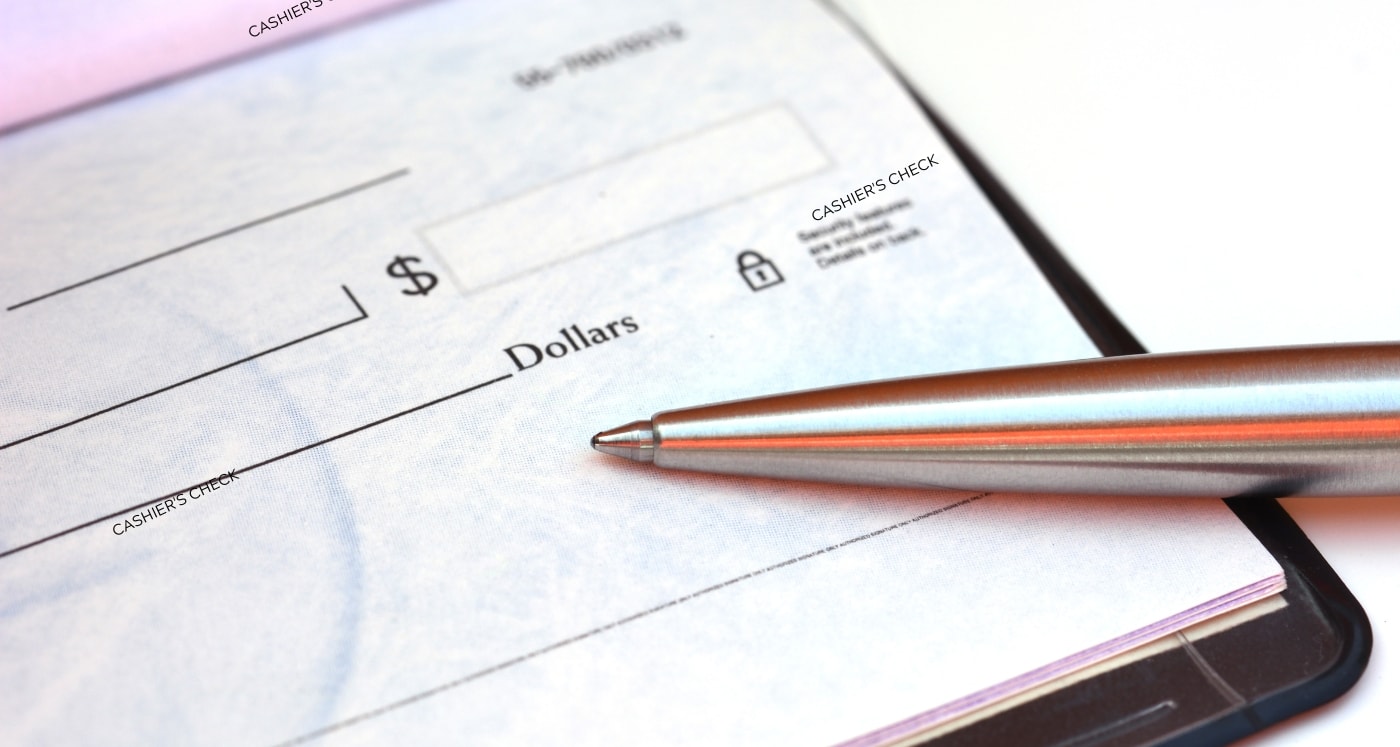
Checks are something that most of us have, even if we don’t use them that often. They can help us make payments and give large amounts of money to others in a secure way.
But even though most people use checks occasionally, they may not know much about them.
As an affiliate partner of various brands and sponsored content, HerPaperRoute may earn commission on qualifying purchases. Disclaimer
In this guide, I will explain the 12 parts of a check, and what each part means.
I’ll break it down into an easy-to-understand method. That way, the next time you’re wondering, you’ll have answers to your questions.
What are the Different Components of a Check?
There are twelve different parts of a check. All twelve parts are important and can help you find the necessary information you may be looking for.
You have likely seen all of these things on checks before, but you probably haven’t stopped to think about why they are there or what they do.
The components of a check give information, increase security, and accomplish a financial transaction. There are also certain things that a bank check or a personal check will have that can help you to identify what type of check it is. Here is each one and what it means.
These Are the Parts of a Check
Bank checks come directly from a bank or credit union, where personal checks can be kept with you or at your home so you have them when you need them.
It might help you out in a pinch, plus it’s good to learn as much about finance and different payment options as possible. There are twelve parts of a check, and I’ll explain each one in detail.
The twelve parts of a check are:
- Account Holder Information
- Check Number
- Date of Issue
- Numerical Check Amount
- Signature Line
- Memo
- Bank Information
- Amount written in words
- Pay to the order of
- ABA Routing number or routing number
- Checking account number
- Fractional Bank Number
1. Account Holder Information
You will see the information of the account holder printed on a personal check. It will include their full name and address. This lets the check recipient know who is writing the check to them.
For a bank check or cashier’s check, the bank’s information is displayed instead. It will include the bank’s name and the logo, and you may find the bank address, as well.
In the event that you give someone a cashier’s check (or bank check), it is the bank’s information that is shown because you have basically given them money. Then they will give money on your behalf to someone else.
2. Check Number
The next thing included on a check is the check number. This will typically be in the top right corner for both personal and bank checks.
It shows what number the check is. A check number is great for staying organized because it keeps track in number form of which check is which.
That way, if you are waiting on something to be cashed or you need to know for your budget, a check number can differentiate between checks for you.
3. Date of Issue
Knowing the date that the check is written is very important, no matter what type of check. The date will usually be near the top right corner of the check.
This is essential for keeping track of records and when funds are sent, whether you are the person sending or receiving. This may seem obvious but always look at the date a check was issued.
For example, if a check was written out several years ago, you need to see if it is still valid. But a check written yesterday is obviously acceptable to cash. Dates matter.
4. Numerical Check Amount
Usually, near the middle right side of the check, you’ll find the numerical check amount. This is the amount that the check is for, written in digits, not as words.
It is the quickest and easiest way to see what the check amount is. Numbers can help you keep your records neat and organized at a glance, and it also helps if someone’s writing is tough to read.
That way, there’s no confusion over whether the check is for $1000 or $10,000.
5. Signature Line
You’ll find the signature line near the bottom right of a check. For personal checks, this is where you (the person paying) will sign your name.
If the check is from the bank, a bank employee will sign because it is the bank’s money offered in the transaction. Signatures are essential for the validity of any check. Without them, it isn’t possible to cash anything.
6. Memo
A memo line is a note to yourself about why you wrote the check. For personal checks, you can fill this in on the bottom left of the check.
The note should be brief. For bank checks, a memo line with information is printed on the check.
7. Bank Information
Bank information like the account number, routing number, and the bank’s name will be on a cashier’s check. A bank’s logo will be included, as well.
This lets you and the recipient know where the check came from and who is responsible for the funds. A personal check will include the bank’s name and some information, as well.
8. Amount written in words
This shows up on every check. The amount the check is for is written in words as well as in numbers.
That way, there is no mistake about what amount the check is for. It is good to have two verifications for check amounts; after all, it’s your money, and you want to be clear about the amount you’re paying.
9. Pay to the order of
Every check needs to include the recipient’s name (the person who will cash it). You must have their first and last name on the check, no matter what type it is.
The recipient’s name goes next to the “pay to the order of” section of the check. You can also write in the name of a business if the check is for that.
10. ABA Routing number or routing number
This may not be something you’ve considered much because the bank will provide this information, whether the check is personal or a cashier’s check. Each bank has its own unique number to identify it, and it will be included on the check.
11. Checking account number
Your account number is printed on the bottom of personal checks because this is the account the money will come out of. Your account number is assigned by your bank.
For a cashier’s check, the bank’s account number is on the check, but your’s will not be.
12. Fractional Bank Number
The fractional routing number helps determine the bank location and where the check came from. It is generally near the top right of the check.
You will probably not need this information, but it’s good to know about it.
Difference Between Bank Checks and Personal Checks
There are some key differences between bank checks and personal checks. They each have their place, and there are times when it’s better to use one or the other.
You should note that bank checks are not as commonly used as personal ones, so feel free to use them but for more significant things.
With bank checks, they will typically have the words “cashier’s check” written on them. That way, there is no mistake about what type of check it is.
A bank check is the bank’s funds, not yours. You will give them your money from your account in exchange for their money to give to someone else.
This makes money a guarantee, so many prefer it for larger transactions or times when you need to show that the funds are there and the check will clear.
You will also need to go through the bank or credit union for a cashier’s check. Typically, you must go to the bank unless they allow you to get one online.
This is a lot of extra work, which is why you want to opt for this only with large purchases or when paying money that needs to be guaranteed to not bounce.
Personal checks are more straightforward. You can order them from your bank, and then write them whenever you want.
They are suitable for small and medium-sized amounts of money. But they are not guaranteed to not bounce, so they aren’t always the best solution for when the person you are paying needs a guarantee that the money is there.
Many keep personal checks in their wallets or purses, or you might just have some at home if you need one. They aren’t the fastest payment method, so use them for things that are not too urgent.
When to Use a Bank Check
A bank check is typical when you need to guarantee that the money is available to be cashed fast. It is a bit quicker than a personal check usually.
A bank check is something you might use for large purchases. Things like cars, or a down payment on a house, could require a bank check.
Since it does take time to get and can be less convenient, this isn’t something you’ll want to deal with every day. Save bank checks for unique situations where you need to quickly pay a large amount of money, and the person you are paying needs a guarantee of funds.
When to Use a Personal Check
Personal checks are easy to use and common for smaller purchases. Things like everyday bills or to pay back a friend are common reasons to use a personal check.
They usually take a few days to clear, or sometimes just two. With the invention of Venmo, Apple Pay, and other apps, personal checks are becoming less common for everyday use, but they are still good to have around.
You might use a personal check if a friend bought you concert tickets and you want to pay them back, or maybe to pay your electricity bill if you aren’t on automatic payments. The situations vary a bit but feel free to use it for most transactions that don’t require immediate funds.
How To Decide When to Write a Check and When to Use Another Method
Checks are suitable for large purchases, some bills, and for times when you need to verify that the money is available. But not every situation requires a check.
Most purchases like groceries or a trip to the mall are easiest to handle by debit card. A lot of bills are paid through checking accounts now.
The reasons to use checks are becoming fewer and further between, but it is still a good option in some cases.
Before writing a check, ask yourself a few questions. First, when does the person need the money by?
Cashier’s checks are fast and usually are ready within one day, but personal checks may take more time. But if the recipient doesn’t want to go cash the check, cash or an app may be better.
Next, ask how much money you need to pay. For exceptionally large amounts, bank checks are best.
If the payment is not too big, but you don’t want to carry that much cash around, a personal check can be a good option. For small amounts, cash is acceptable.
Ordering Checks
A bank check requires going to the bank or ordering online sometimes. There aren’t other ways of obtaining one.
Personal checks can be ordered online. You can also order them from your bank.
If you are in a hurry, stop by your local bank, and they can give you a counter check that same day. This can work well if you just need one check for something and are in a rush.
Otherwise, you can order a book of checks to use whenever you want. Not every place will take a counter check, so be aware of that before you get one.
Related: Is it Safe to Order Checks Online?
Budgeting With Checks
Creating a budget takes some organization and time as it is, but when you add in checks, it’s super important to keep dates and payments straight. Begin by making your budget as you usually would, listing all expenses and costs, with the dates they are due.
After that, decide how each expense will be paid. This could be a debit card, Venmo, check, etc.
Once you know which payments need to be made through check, decide what day to pay them. The essential thing to think about is what day you write the check may not be the same day it gets cashed.
Checks take a bit of time. That’s why you have to stay organized with personal checks and make sure the money in your account hasn’t moved, so it doesn’t bounce.
Usually, a personal check will take 2 business days to clear once the recipient deposits it. And if it takes them a few days to get to the bank, add that time as well.
So remember to pay attention to your budget and mark checks off as they clear. For example, even if you write a check on November 1st and give it to the recipient, it could be the 7th before it clears.
You might use a spreadsheet for this or keep track of it in some other way. Whatever is easiest for you.
It’s also important to know how many checks you use each month. This doesn’t need to be exact but on average.
For example, maybe you use only 1 or 2 checks a month, or perhaps you write a lot, more than 5, each month. Once you calculate the average amount of checks you use, you may be able to set up your account to automatically order checks for you.
That way, you won’t have to worry about running out. If this isn’t an option, mark it on your calendar about a month before you run out. You don’t want to be stuck without checks when you have bills to pay that you prefer to use them for.
What Account to Link Checks To
Your checks are linked to your checking account. This may seem obvious, but if not, now you know.
This is a suitable method because most people use their checking accounts for the majority of their money transactions.
Can You Get By Without Checks?
The short answer? Yes. Usually. Checks are still widely used, but you can definitely get by without them for most things.
For purchases, you can use a debit card or cash, and for bills, many people make automatic withdrawals from their accounts. In fact, it’s pretty easy to not use checks now.
Some people may not even have extra checks to write. Fortunately, there are usually a lot of ways to transfer money, no matter the situation.
The exception is when a check is specifically requested, or you are moving a large sum of money. But if this is the case, you can always go to your bank for a cashier’s check or even a money order.
In your everyday life, checks can usually be avoided if you prefer it that way. Still, it’s good to keep some personal checks handy in the event that you need one quickly.
You never know what could come up, and some people like to have as many options as possible. If you start a new job, payroll may ask for a voided check from you.
When are Checks Not a Good Option
Checks are not the best idea when you are making purchases at a store. You can, in some cases, but it slows things down a lot.
Cards and cash are usually better for this sort of thing. Also, situations like paying money to a friend would usually be better handled with cash or Venmo.
There may also be some places of business that don’t take personal checks, so make sure you know in advance if a check will be accepted.
Use common sense when writing checks. If the exchange of money is meant to be fast, don’t slow it down with a check.
Plus, some places aren’t used to accepting this method of payment, and it can take time, or they may not be able to do it at all. Instead, opt for other, more convenient ways of transferring money.
Cash Vs. Check
Checks are considered relatively safe to use. They are easy to trace.
And they require signatures which is helpful. But they do have their downsides, including the potential for people to steal from you.
Cash, on the other hand, can be lost. It is also not easy to trace once it is out of your account. But it is more convenient.
Each type of payment has its good and bad sides. I’d recommend checks for bills or large amounts, but cash for small expenses, trips to the store, and some travel.
Checks and Travel
Speaking of which, checks and cash might be of interest to those of you who travel frequently. Which is the safer option when you are going out of the country or on the road?
While traveler’s checks are sometimes considered outdated, the fact is, they are incredibly safe and aren’t as old-fashioned as you’d think.
Carrying literal cash with you when traveling is always a risk, and debit cards can be stolen. So they aren’t the best methods for traveling.
You can, of course, use credit cards, but there is another option, as well. The traveler’s check.
Traveler’s checks are a very safe method, especially if you are going somewhere that requires a currency exchange. You can take them to a financial institution at your destination and cash them for the currency of the country.
It is a very secure method for exchanging money in a foreign place without the risk of it being stolen before you cash it.
The History of Checks
It is widely accepted that the first checks in the United States started around the 1680s in Boston. So checks are definitely not a new idea.
But we have come a long way since then. Checks are sometimes a good option, but we are constantly innovating to find new ways for people to exchange money.
Now, some may wonder if checks are becoming obsolete.
Will We Use Checks in the Future?
This is a big question. Checks have been around a long time, I mean a really long time – but their importance is decreasing in the eyes of many each year.
In fact, it’s been suggested that checks will become useless in just a few years. But there’s also information to the contrary.
For example, a study found that 37% of millennials (that’s right, millennials) could recall writing out a check just in the last month of their payments.
So, will we still use checks in the years to come? It seems that it is up to us. We get to decide by our use of checks whether or not they will be as readily available for future generations.
So if you think they are helpful, keep using them. If not, they may disappear, which could be acceptable for our society, too. It all depends on us and how we want money to adapt to fit our ideals.
Frequently Asked Questions About The Parts Of A Check
Do you need to use checks?
Some people even choose not to carry checks. They might prefer to transfer money in other ways, such as through apps or by cash.
Or maybe you have some checks in a desk drawer somewhere, but you rarely think about or use them. But even if checks are not the preferred method of payment, it is still super important to know about them and how they work.
Are there different types of checks?
There are also personal checks in addition to bank checks, with can get complicated. They are a little bit different, but many parts of them are the same.
Parts of a Check Explained – Conclusion
To wrap up, let’s take a brief look at the twelve parts of a check. Remember, there are bank checks (or cashier’s checks) and personal checks.
You may often have a choice between writing a check and using another form of payment. When faced with this decision, use common sense and the method that will be most convenient or secure, depending on the situation.
It’s important to budget effectively with checks, keeping in mind the dates that you write them as well as the days that they clear and the money is removed from your account. You should also remember to order checks before you run out to save yourself from any inconvenience.
A check is linked to your checking account and is sometimes the best way to pay for things. But it is not always a great option.
In fact, many people prefer to avoid checks entirely. Some prefer cash or other methods of payment. But checks do offer you unique opportunities like paying large amounts or more security when traveling.
Checks have been part of our society for hundreds of years, and there is debate about whether or not they will stick around in the future. Checks continuing to be part of our payment methods is up to us to decide.
We can sort of vote on this by either using checks or not, depending on what we prefer. Checks are still a good option for many and a great way to transfer money when needed.
Related Articles:
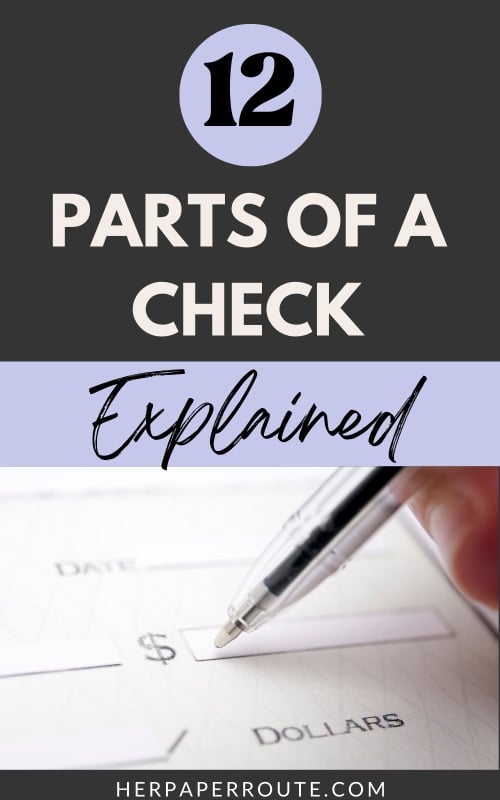
Follow along on Instagram!


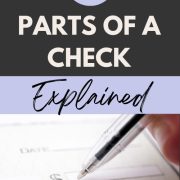



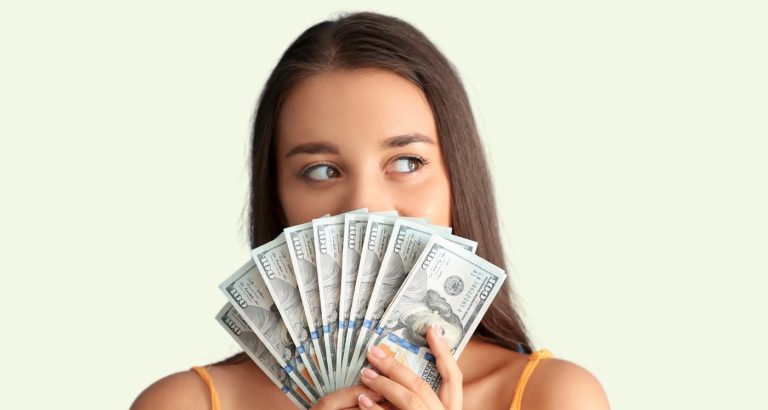
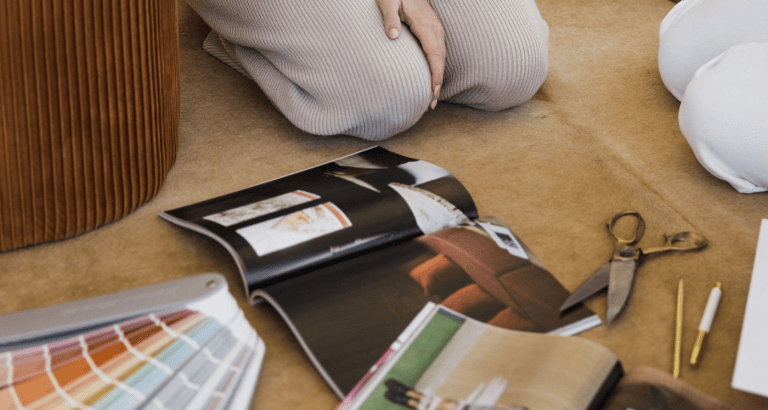

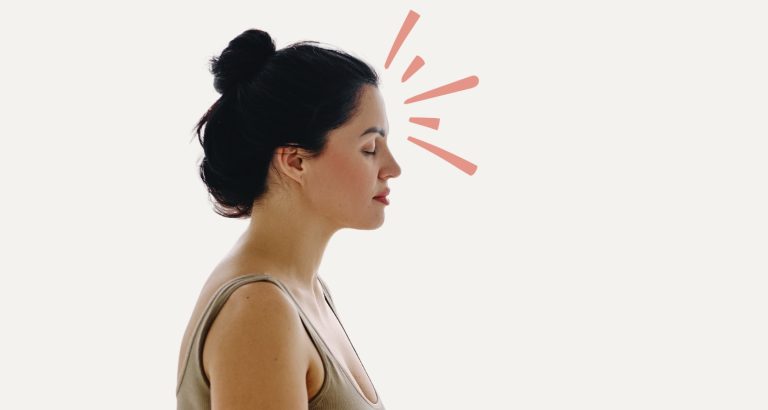
![How To Keep Track Of Bills And Payments Easily [6 Steps Anyone Can Do] 11 woman writing in her financial planner book How To Keep Track Of Bills And Payments](https://herpaperroute.com/wp-content/uploads/2021/11/How-To-Keep-Track-Of-Bills-And-Payments-768x410.jpeg)